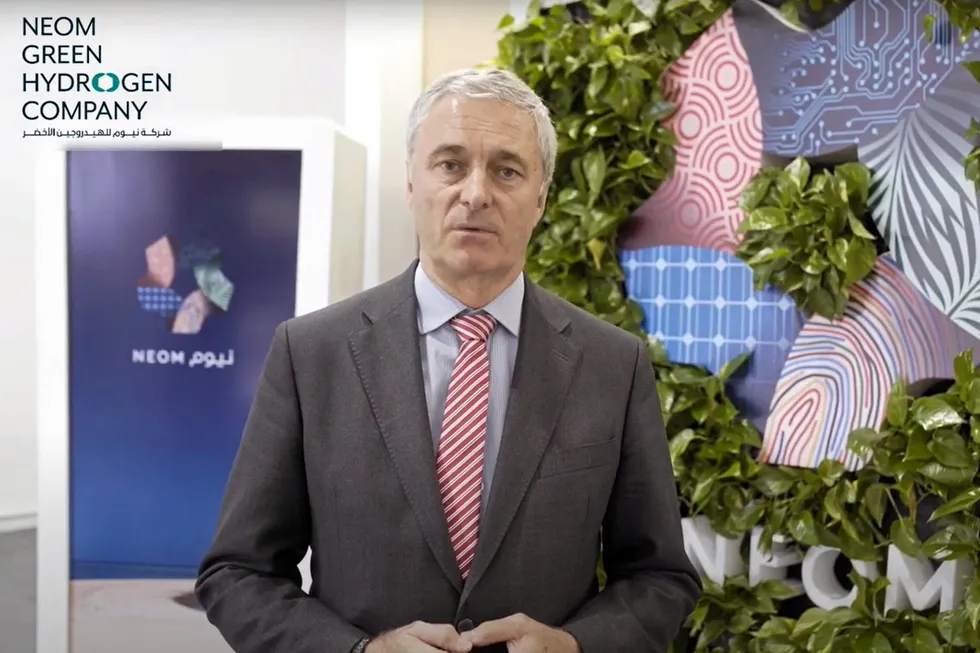Neom: 'We'll send our green hydrogen to places with less onerous carbon intensity rules than Europe, if necessary'
Saudi megaproject says it can meet EU and UK emissions intensity rules most of the time, but will sell output elsewhere if it has to use grid electricity
